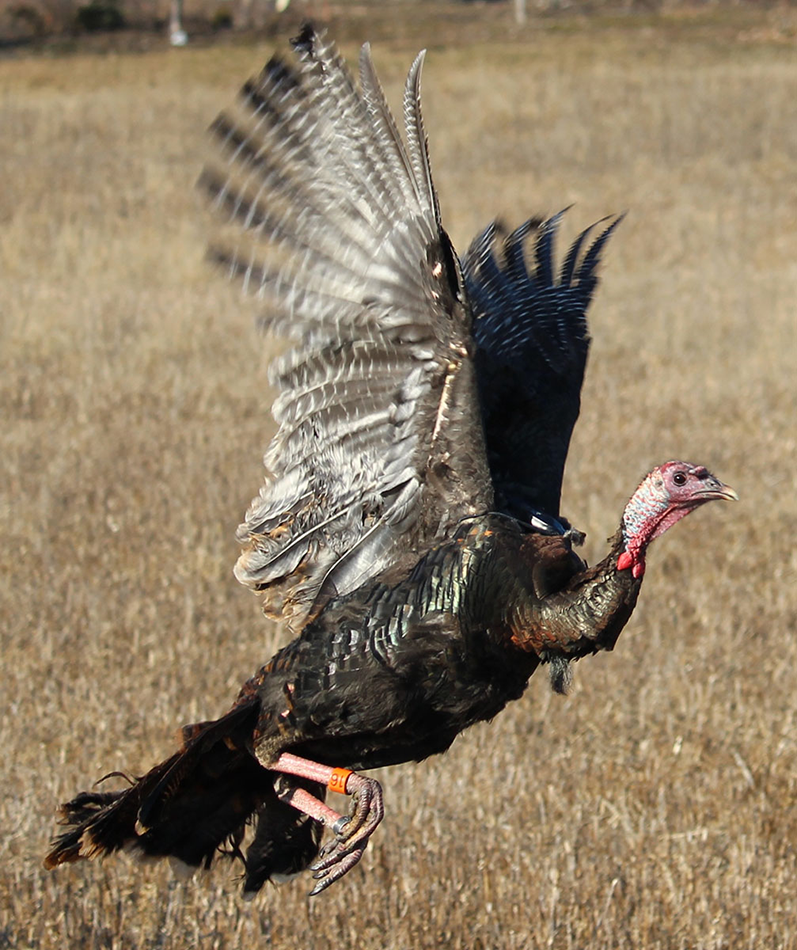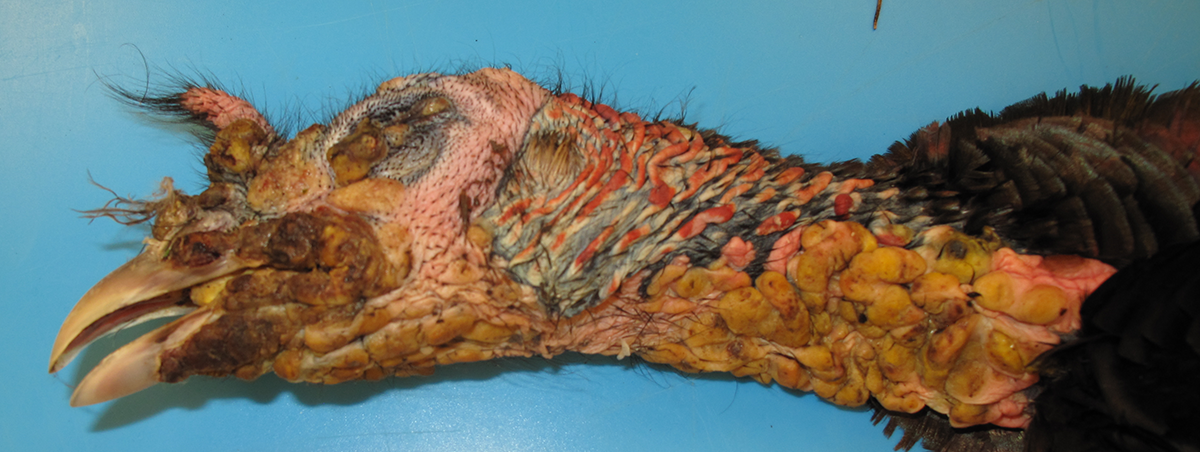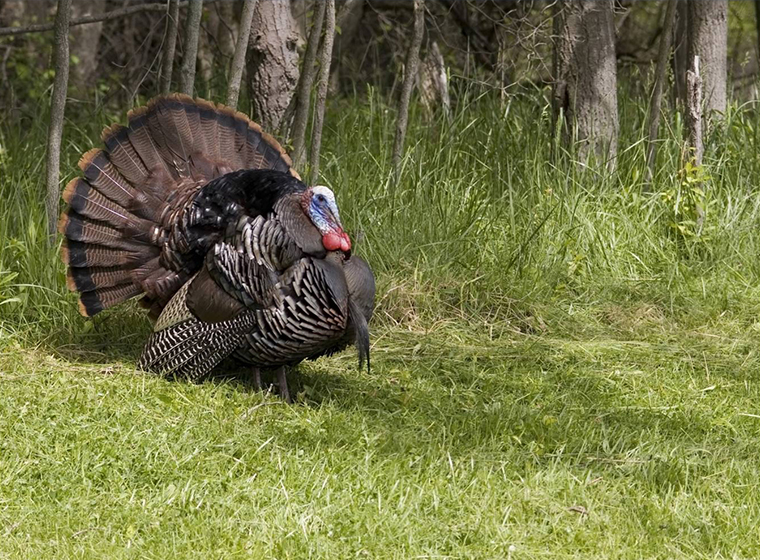Overview
The eastern wild turkey (Meleagris gallopavo silvestris) is an important part of the biodiversity of Southern Ontario.
Unregulated hunting and clearing of native forests for agriculture caused the extirpation (regional extinction) of wild turkeys from Ontario in 1909. Efforts to restore wild turkeys began in 1984 and were successful. Ontario experienced a rapid expansion of the number and range of the birds in the province. Because of forestry, agriculture and milder climatic conditions, the occupied range of wild turkeys in Ontario is now larger than the historical range.
How we manage wild turkey in Ontario has changed over time in response to these changes in population size and distribution. Early management efforts focused on restoring the eastern wild turkey to Ontario. Once the population was established in specific areas, we expanded our objectives to increasing the sustainable recreational and economic benefits of wild turkey in those areas.
Our current population management focuses on:
- sustainable management of populations and harvest in Southern Ontario
- providing some hunting opportunities in areas farther north
Wild turkey hunting
What you need to know before hunting wild turkey in Ontario, including rules, licensing and where and when to hunt.
Hunting regulations summary
Read the rules and regulations for hunting wild turkey, including season dates and bag limits for different Wildlife Management Units.
Licensing
Find out what you need to hunt wild turkey in Ontario.
Mandatory hunter reports
All spring turkey tag holders must submit a spring turkey hunter report. Fall tag holders must submit a fall turkey hunter report. Learn how and when to submit your mandatory turkey hunter reports. You must report at the end of your hunt, not each time you harvest.
Wildlife Management Units
Use these maps to identify the boundaries of your Wildlife Management Unit (WMU).
Wild turkey population management

To manage wild turkeys, we review factors that influence their populations. Established wild turkey populations can fluctuate significantly with small changes in:
- hen survival
- nesting success and poult survival
- severity of winters
The Wild Turkey Management Plan provides more information about how we:
- manage wild turkey populations
- mitigate conflicts with wild turkeys
- use mandatory annual hunter reporting to help guide population management
Wild turkey health
Visit our sick, injured or orphaned wild animal page to learn what to do if you find a sick or injured wild turkey.
To learn about our programs that help to minimize the impact of wildlife disease in Ontario, visit our fish and wildlife health page.
The following are some diseases that can affect the health of wild turkeys. Some can potentially affect human health:

- avian pox
- lymphoproliferative disease
- avian influenza
- West Nile virus
Wild turkey research and monitoring
Our wildlife research and monitoring program includes research on wild turkey population, habitat and behaviour.
Explore scientific and technical publications issued by our researchers since 2004 to find wild turkey publications.
- Search for “wild turkey” in the search table bar.
- Scan through the article titles to find topics you are interested in.
Review hunter report summaries or data on hunting activity and harvest.
